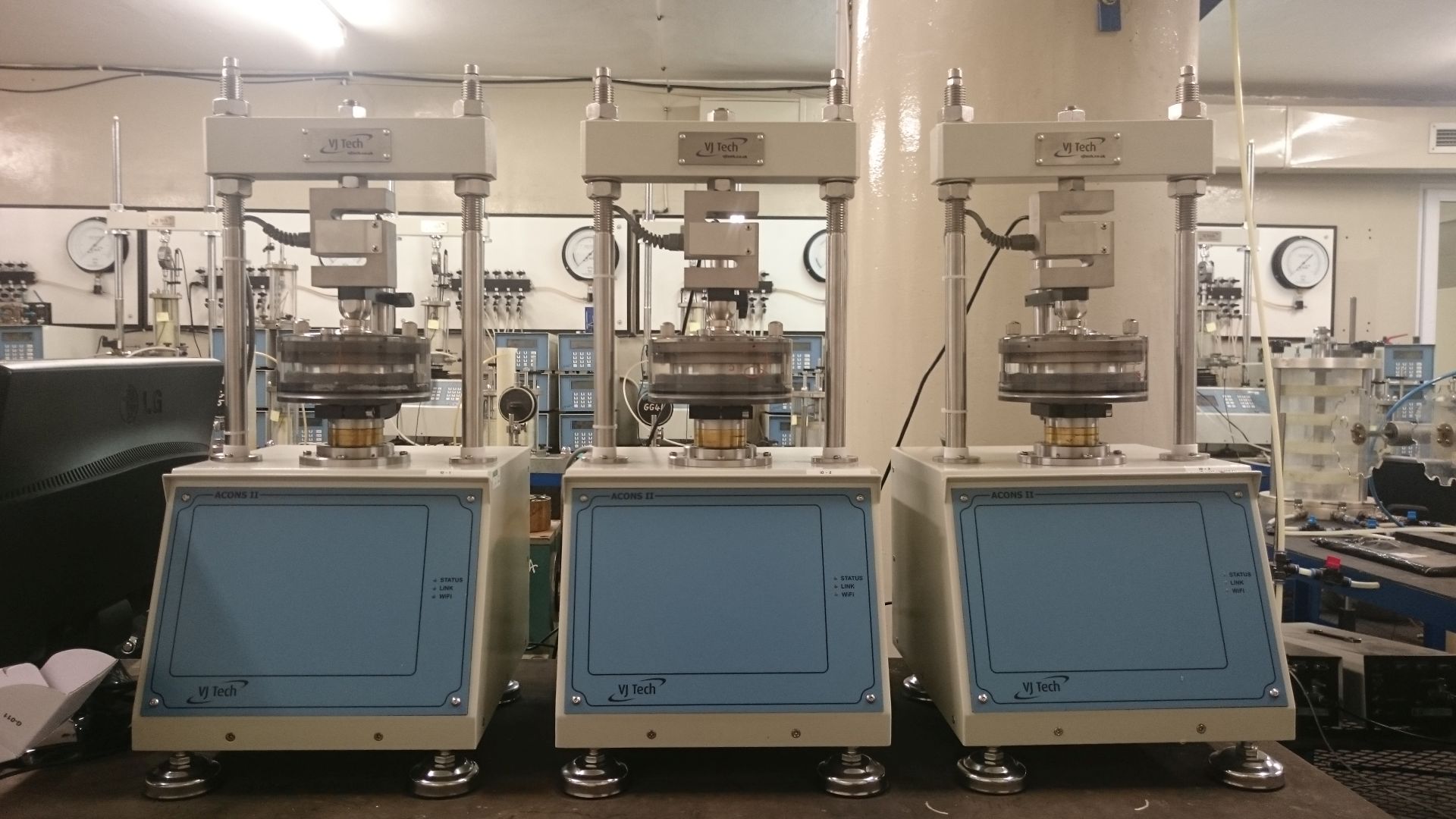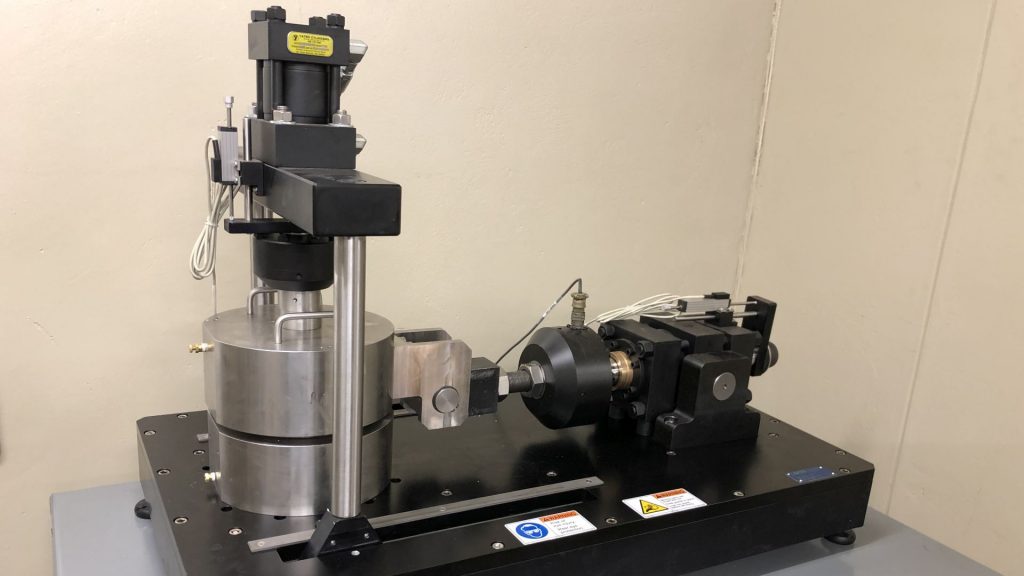

Correctly identifying the cause of a problem is the first step in effective and economic management practices.
Why is correct diagnosis important?
Correctly identifying the cause of a problem is the first step in effective and economic management practices. Correct identification prevents costly mistakes such as further spread of a pathogen or insect, or the failure of management methods if a problem is mis- or undiagnosed. For example, you wouldn’t want to treat a nutritional imbalance with a fungicide, or use a pesticide to manage what you think the issue might be when that pesticide will be ineffective for the problem that is actually happening.
How do you go about approaching diagnosis?
I always say to channel your inner sleuth – and get ready to crack a case. Avoid jumping to conclusions and work to gather facts that help eliminate or confirm possible causes. It’s easy to assume you know the answer – take a few moments, a step back, and think it through.
Some things to remember:
It is good practice to always inspect incoming plants and cuttings and to continue to regularly scout crops. When you notice something is amiss, make sure you get close and really look. You’ll want to look carefully at leaves and stems, flip leaves over, and check out the roots. Taking a look at some symptom-less plants is also a good idea for comparison. Look for any and all signs, symptoms, insects, mites, and so on. Good light and magnification helps.
Why are patterns important?
You should also look for patterns as they usually help tell the story. First – remember that something caused by a biological or biotic agent, such as a pathogen or insect, will tend to occur in a random pattern. In a broad view (e.g., on a bench or in a crop), plants with symptoms caused by a biotic agent will generally be scattered and not uniformly occurring. Symptoms caused by an abiotic or non-living cause, such as a nutritional or cultural issue, will have a more uniform or consistent pattern.
If you zoom in a little, even the pattern on the affected leaf can also tell a story. A leaf spot pathogen will cause symptoms in an irregular on non-symmetrical pattern across the leaf surface while a nutritional deficiency will generally appear more symmetrical.
Maybe, sometimes, and it depends…
There always seem to be exceptions, and there are (of course) exceptions to the tips I am giving you.
Here are some examples of situations that don’t fit what I described earlier:
- A malfunctioning drip emitter can present a random pattern of wilt in a field, making you think a root rot might be the cause. In this case an abiotic cause is mimicking the broad pattern of a biotic one.
- Plants propagated from a virus-infected mother plant may result in a crop uniformly infected. In this case, a biotic cause is mimicking the pattern of an abiotic one.
- If you mix your own growing media, an uneven distribution of fertilizer or media amendments such as lime can sometimes cause uneven symptoms of a nutritional imbalance. In this case a cultural issue, which would typically present a more uniform pattern, can make one think a root rot is to blame.
- Sometimes plants are moved, either un-grouping or grouping symptoms, masking the pattern.
- Know that there are many look-a-likes out there. Root rots can appear similar to nutritional deficiencies; sometimes spider mites and early symptoms of downy mildew and powdery mildew can also be mistaken for nutritional deficiencies; bacterial leaf spots and fungal leaf spots can look similar; sometimes cultural issues or phytotoxicity can mimic symptoms caused by insects or mites. These are just a few examples of many.
What other info is it helpful?
Learning about the case history is incredibly helpful in getting to an answer or conclusion. Back to being a sleuth, start asking questions about the plant problem:
- When did you see symptoms and signs?
- What symptoms and signs are occurring?
- Where on the plant are you seeing symptoms? New/upper foliage or older/lower? On what plant parts?
- Are the symptoms developing or spreading over time, and how?
- Where in the greenhouse are you seeing symptoms? On only certain crops, plants, or cultivars? Only on the edges?
Additionally, ask questions about the crop management to determine what else might be involved.
Some other questions to consider are:
- What has been sprayed (including what crop protectants and pgrs) and when?
- What fertilizer is being used and what rate? Have you checked media pH and EC?
When is the last time you calibrated your injector?
- Have any practices changed? Is a different fertilizer, growing media, or other product being used? Have irrigation practices changed?
- Has the crop experienced any recent environmental stresses? Are the growing conditions optimal?
- Have there been any other changes inside or outside the greenhouse?
Asking questions will not only help you get to a conclusion, but this information will also be helpful to share with a diagnostic lab if you need to send a sample.
Get some help when you need it.
Your agronomist and/or diagnostic lab are there to help you. Reach out for help and send samples when you need to. In many cases you need a lab to correctly identity certain pathogens and insects.
There are a great number of fantastic print and online resources to help – but please make sure it’s a reputable source. The internet is full of ‘experts’ – look for sources that use sound science and research as the basis of their recommendations. There is a great trove of Alerts, Blogs, and other info that covers a wide variety of cultural and nutritional issues, complete with useful info and really great photos to help.
Take home messages:
- Avoid assumptions and take the time to gather facts and information.
- Use the facts and information to confirm or eliminate possible causes, until you get to your final conclusion.
- And get the help from your agronomist and/or diagnostic lab when you need it
Source: www.e-gro.org e-GRO
